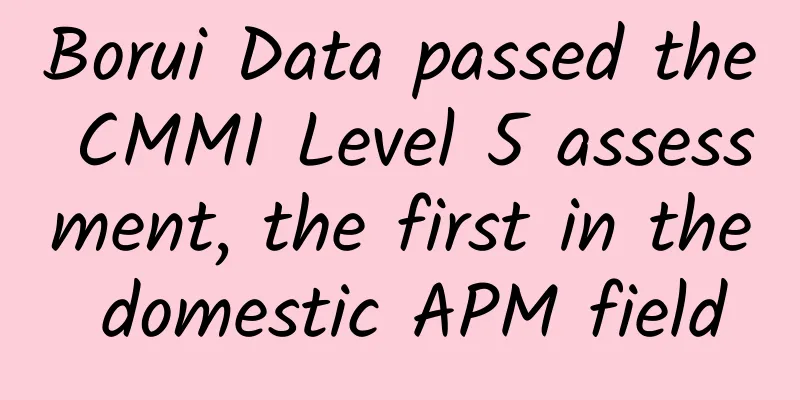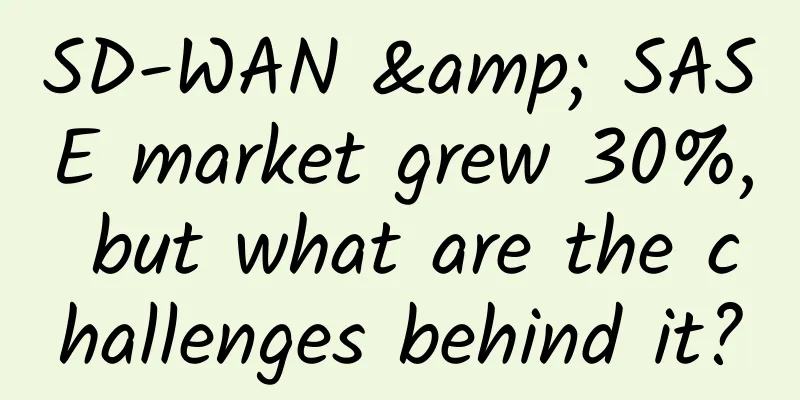The second half of the 5G era begins

|
On June 6, 2019, China officially issued 5G licenses, ushering in the domestic 5G era. Now, three years later, the world has begun to discuss the direction of 5G evolution again. In April 2021, the 46th PCG (Project Cooperation Group) meeting was held, and 3GPP officially named the 5G evolution as 5G-Advanced. At the same time, the meeting decided that 5G-Advanced will start from R18. It is reported that the R18 version will be approved at the end of 2022, and the standard is expected to be frozen at the end of 2023. Since then, the second half of the 5G era has begun. 5G Advanced presses the button for the second half of the 5G eraAs of the end of May this year, my country has built more than 1.6 million 5G base stations, and 5G signals cover all cities, county towns and 87% of townships across the country. The total number of 5G mobile phone users exceeds 413 million. Typical 5G application scenarios with commercial value have covered 40 of the 97 major categories of the national economy, and the total number of 5G application cases has exceeded 20,000. In December 2021, 3GPP identified the first batch of projects for the first standard version of 5G-Advanced, Rel-18. The first batch of 28 topics covered the continuous evolution of 5G-Advanced in various fields. Simply put, as an upgraded version of 5G, 5G-Advanced will provide ubiquitous 10G experience and hundreds of billions of connection capabilities, stimulating new potential of 5G in terms of continuous broadband enhancement. It is understood that the evolution of 5G standards can be divided into two stages: the functional freeze of Rel-17 also represents the successful completion of the first stage of 5G evolution. The second stage includes three versions: Rel-18, Rel-19, and Rel-20. The beginning of Rel-18 marks the official entry into the standard formulation stage of 5G Advanced. In addition, Rel-18 is just the beginning of 5G Advanced. Artificial intelligence, full-duplex, green energy-saving networks, XR, 5G IoT for wearable devices, 5G satellite communications, 5G vehicle networking and direct communication, as well as enhanced broadband services for smart terminals will continue to evolve in Rel-19 and subsequent standard specifications. At present, the first phase of the 5G standard has come to an end, and from the future-oriented 5G Advanced to 6G, 5G still has a long and clear technical evolution route. 5G-Advanced enters a new stage of industry constructionOn June 6, China Mobile and industry partners jointly released the world's first batch of 5G-Advanced end-to-end industry samples and the "5G-Advanced New Capabilities and Industry Development White Paper", marking the deep integration of the 5G-Advanced innovation chain and the industrial chain, and promoting 5G-Advanced to enter a new stage of industrial construction. Ding Haiyu, deputy director of China Mobile Research Institute, said that through the three major directions of 5G-A "excellent network", "intelligent life and simplicity" and "low carbon and high efficiency" and ten key technologies, 5G-A will support 10Gbps peak rate for downlink, 1Gbps peak rate for uplink, millisecond-level latency, low-cost connection of hundreds of billions of things, as well as perception, high-precision positioning and other capabilities beyond connection. Regarding the evolution of 5G-Advanced technology, China Unicom completed and released the CUBE-FLEXAIR 3.0 technical white paper as early as March 2021, clarifying the four major evolution concepts of "ubiquitous", "elastic", "intelligent" and "green" and the six major technical routes of "ubiquitous connectivity", "ubiquitous connectivity", "experience certainty", "intelligent autonomy", "green and simple" and "cloud-based openness", and formulated the 5G-Advanced technology evolution path. In May this year, China Telecom and Huawei also jointly released the super-frequency folding 5G-Advanced innovative technology. It is understood that as the latest member of the super series innovative technology family, "super-frequency folding" perfectly combines the advantages of TDD large bandwidth and the "0 waiting" delay advantage of FDD air interface through TDD dual-carrier uplink and downlink time domain complementarity to perfectly integrate the advantages of TDD large bandwidth and FDD air interface "0 waiting" delay. Moreover, based on the 3.5GHz frequency band, the uplink equivalent bandwidth of super-frequency folding is as high as 100MHz, which can achieve an uplink peak rate of more than 1Gbps, and at the same time shorten the end-to-end delay from 10ms to less than 4ms. In the future, based on the millimeter wave frequency band, the delay can be further reduced to less than 1ms. Of course, there is still a long-term and clear technology evolution route for 5G in the future. The application of 5G-Advanced technology requires the support of operators and equipment, chip, and terminal manufacturers, and the joint efforts of the entire industry chain. Wen Ku, Vice Chairman and Secretary General of the China Communications Standards Association, also said that in the subsequent development of technology industry and applications, the industry needs to work together to comprehensively lay out technology standards and application industries and promote industrial development in an orderly manner:
|
<<: What happens if you apply for 8G memory on a machine with 4GB physical memory?
Recommend
HostKvm 20% off: Korea/Hong Kong CN2 data center VPS monthly payment starts from US$7.6
HostKvm was founded in 2013. It currently provide...
Clarity: Docker's four network modes
1. Closed container closed network mode It is equ...
Principles of nine cross-domain implementation methods (full version)
[Original article from 51CTO.com] Cross-domain re...
Learn Python network programming from scratch: Explore TCP protocol and example demonstrations!
Python is a high-level programming language with ...
Insurance Geek: Lay a solid foundation and take group insurance to the extreme
[51CTO.com original article] As a worker, have &q...
How to Intelligently Manage the Last Mile of SD-WAN
Note: This article describes how to intelligently...
With the advent of the 5G era, there will be three major changes in the future, and the retail industry will be the biggest beneficiary
The arrival of the 5G era not only brings develop...
Smart Home: Which One Wins, 5G or WiFi 6?
Smart homes are becoming an increasingly importan...
V5.NET: 20% off Hong Kong international servers, E3-1230/8GB/240G SSD/15M monthly payment starts from 340 yuan
V5.NET has launched a new promotion, currently of...
The Ministry of Industry and Information Technology issued a notice on telecommunications service quality: 163 apps have been removed from the shelves, and 158 websites and apps have made aging-friendly modifications, etc.
According to the Ministry of Industry and Informa...
Unleashing the Potential of Connections 2018 Huawei Network Innovation Technology Forum Launched in Beijing
[51CTO.com original article] In recent years, in ...
5G will catalyze the era of large-scale innovation in the whole society
Intuitively, 5G has a very obvious role in drivin...
Eight use cases for NV overlay
Most IT organizations are under pressure to be mo...
Can the Internet provide personalized services? Learn more about IMEIsv's differentiated protection
In the current network, if the same RRM (Radio Re...
DMIT: Hong Kong CN2 GIA line $298.8/year-2GB/40G SSD/500GB@300Mbps/optional quarterly payment
DMIT.io is a foreign hosting company founded in 2...









